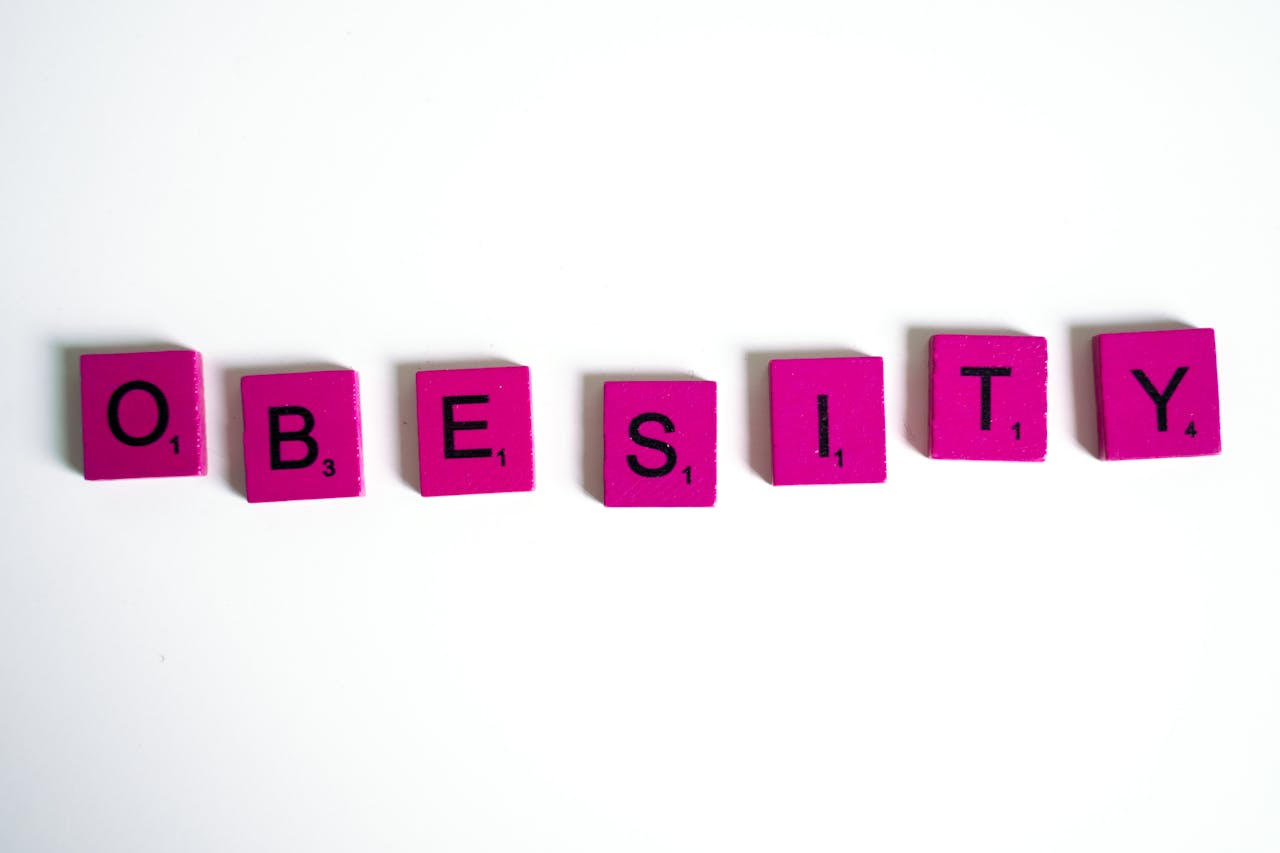
Which Determines Obesity More - Diet or Exercise
An international team of researchers analyzed data from over 4,200 adults across 34 global populations, everyone from hunter-gatherers, to pastoralists, farmers, and modern city dwellers.
Using the gold-standard doubly labeled water method (a technique that tracks carbon dioxide production to measure real-world calorie burn), the team broke down energy expenditure into three categories:
-
Basal Energy Expenditure (BEE): calories burned at rest to keep the body alive and functioning.
-
Activity Energy Expenditure (AEE): calories burned through movement and exercise.
-
Total Energy Expenditure (TEE): the combined daily burn from both.
They then compared these energy metrics to participants’ body mass index (BMI), body fat percentages, and, where available, dietary intake.
What the Study Found
-
Bigger bodies burn more energy.
As expected, people in wealthier nations had higher overall calorie burn, but this was mainly due to having more lean mass and larger body size—not because they were more active. -
Basal metabolism declined in modern societies.
After adjusting for body size, both BEE and TEE were actually lower in industrialized populations compared to subsistence groups. -
Activity levels weren’t dramatically different.
Surprisingly, AEE didn’t vary much between hunter-gatherers and office workers. In other words, hunter-gatherers didn’t burn dramatically more calories from activity than the rest of us. -
Energy expenditure explained little of obesity.
Differences in calorie burn only accounted for about 10% of the increased BMI and body fat in developed nations. -
Diet quality explained far more.
Where dietary data was available, populations eating more ultra-processed foods had higher rates of obesity. Meanwhile, those relying on traditional diets—whole grains, fresh produce, lean proteins—maintained lower body fat, even when their activity levels varied.
The Takeaway: It’s the Food, Not Just the Movement
This research supports the “constrained energy expenditure” model: no matter how active humans are, calorie burn tends to stay within a narrow daily range. That means you can’t simply out-exercise poor food choices.
While exercise remains critical for cardiovascular health, mood, metabolism, and longevity, the data makes it clear: diet is the primary driver of obesity.
Public health campaigns have long emphasized exercise as the key to preventing obesity. But this study reframes the conversation. The real culprit is the modern food environment—particularly the rise of industrialized, ultra-processed foods high in refined sugar, unhealthy fats, additives, and low in fiber.
Even populations that stay active in traditional lifestyles begin to experience weight gain once these foods become part of their diets.
So while movement is still essential for a healthy life, food quality is the real game-changer when it comes to weight.
To Help Prevent Obesity - Focus On Doing This
First, prioritize nutrient-dense, whole foods like vegetables, fruits, legumes, and clean protein sources. Then, it’s a good idea to cut back on ultra-processed foods, especially those high in added sugar, refined flour, and seed oils.
And if you do that, be sure you stay active, not because it alone prevents obesity, but because it keeps your heart, muscles, and brain functioning at their best.
At Dr. Wiggy’s office, the team consistently emphasizes this integrative approach: movement supports wellness, but diet drives body fat levels. If the goal is weight management, nutrition is where the greatest impact will be made.
As the old saying goes, you can’t outwork a bad diet…



